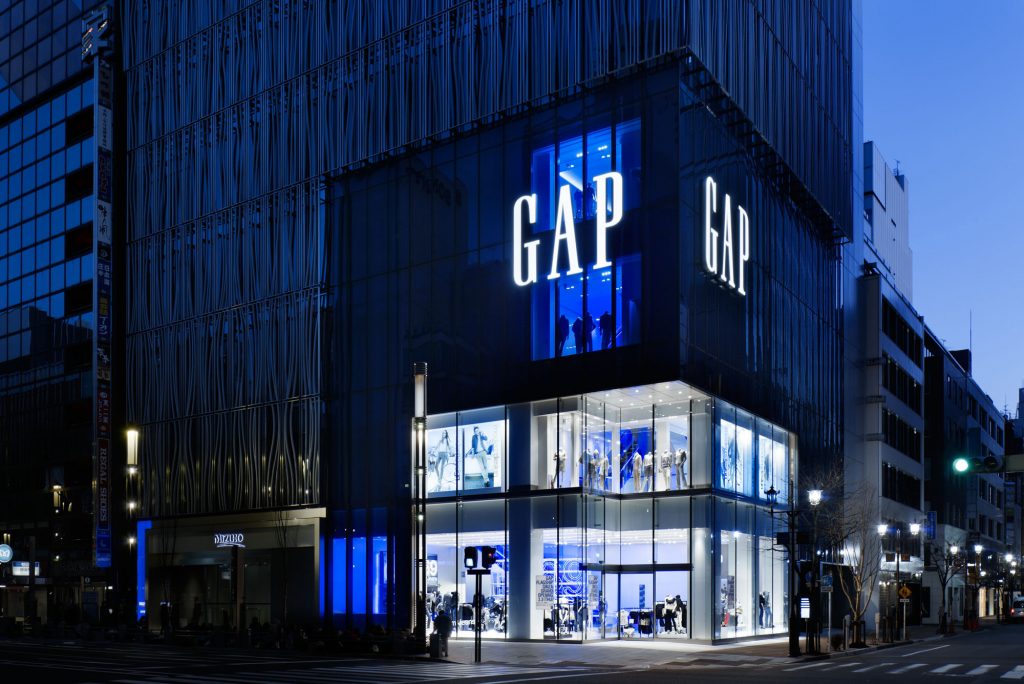The recent surge in popularity of athletic-style clothing amongst millennials has led to a decline in the sales of denim apparel, dealing a financial blow to mall owners and operators that house popular denim-oriented stores like Gap, according to the company’s press release.
Sales of “athleisure” clothing, or athletic apparel that people could wear outside of an athletic setting, have sharply increased over the past couple of years. United States consumers spent $323 billion on apparel, footwear and accessories in 2014, an increase of one-percent from 2013 that equates to about two billion in sales driven by the popularity of activewear, athletic performance footwear and bags, while denim sales saw a six-percent decrease in 2014, according to research from The NPD Group.
The switch to athleisure in American society figures to continue growing, according to Rebekah Burroway, a sociology professor at Stony Brook University. “I think that the switch to a more athletic type of look is related to our culture’s fascination with being fit and going to the gym or doing yoga,” she said. “As a society, we have a shallow obsession with appearance and a certain type of physique being the most desirable. If you have the athleisure clothing, it adds to your image of working out and being fit.”
Wei-Ting Lin, an SBU student, opts to wear athletic-style clothing, like sweatshirts, T-shirts, sweatpants, shorts and sneakers, as opposed to denim clothing for comfort purposes rather than style. “I don’t see any point why people would really want to wear this sporty style for fashion purposes,” he said. “Personally, I only wear sweatshirts because it’s comfortable for me.”
Catherine Marrone, a sociology professor at SBU, cites the variety of the fashion market as being a factor in the continuous growth of athleisure. “It may be likely that people want more variety for their casual and dress wear,” she said. “Jeans have been supplanted with casual wear like sweatpants or even longer skirts which reflect cultural and generational differences.”
Benjamin Randall, a business major at SBU, prefers to wear full athletic attire instead of denim due to the simplicity of getting dressed in it. “It’s more comfortable,” he said. “It’s easier to put on in the morning.”
There still remain millennials who prefer denim as their main wardrobe. Alec Szigeti, a computer science major at SBU, used to wear athleisure wear in high school before making the switch to denim when he got to Stony Brook. “One day I looked in the mirror and my image screamed ‘I don’t care about my appearance,’” he said on his motivation to change his style to jeans and a fitted sweater. “I feel like athleisure looks sloppy. I won’t judge you for wearing it though, unless your sweats have Cheeto stains and your T-shirt has three-week-old beer stains on it.”
With millennials’ gradual transition from denim to athleisure, stores that specialize in denim-wear are paying the price.




Comments are closed.